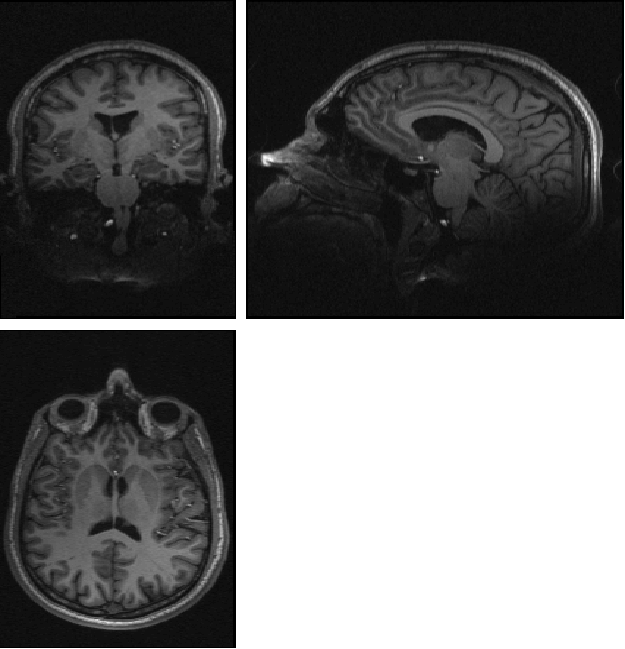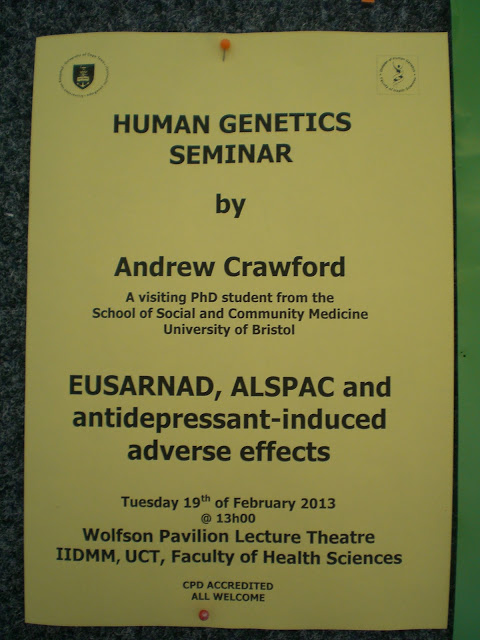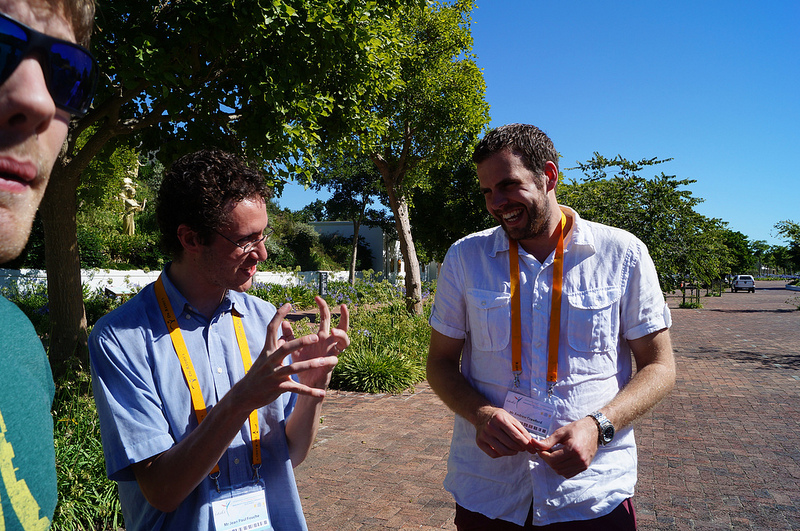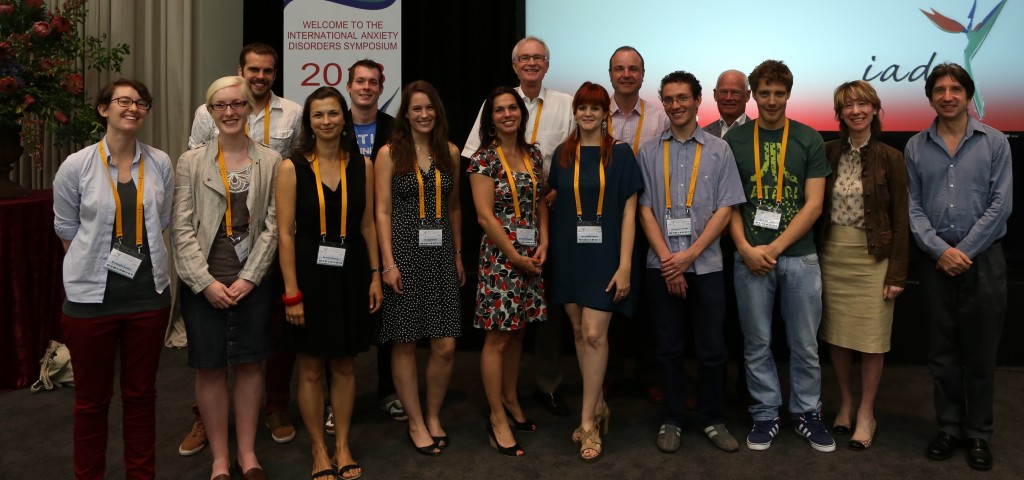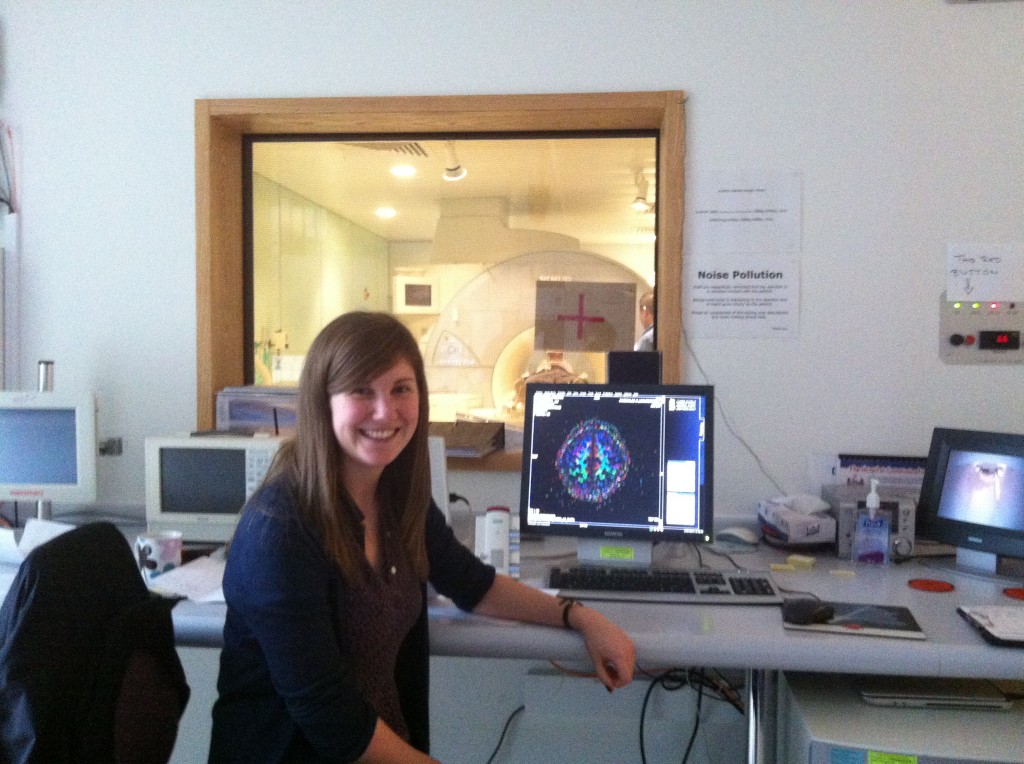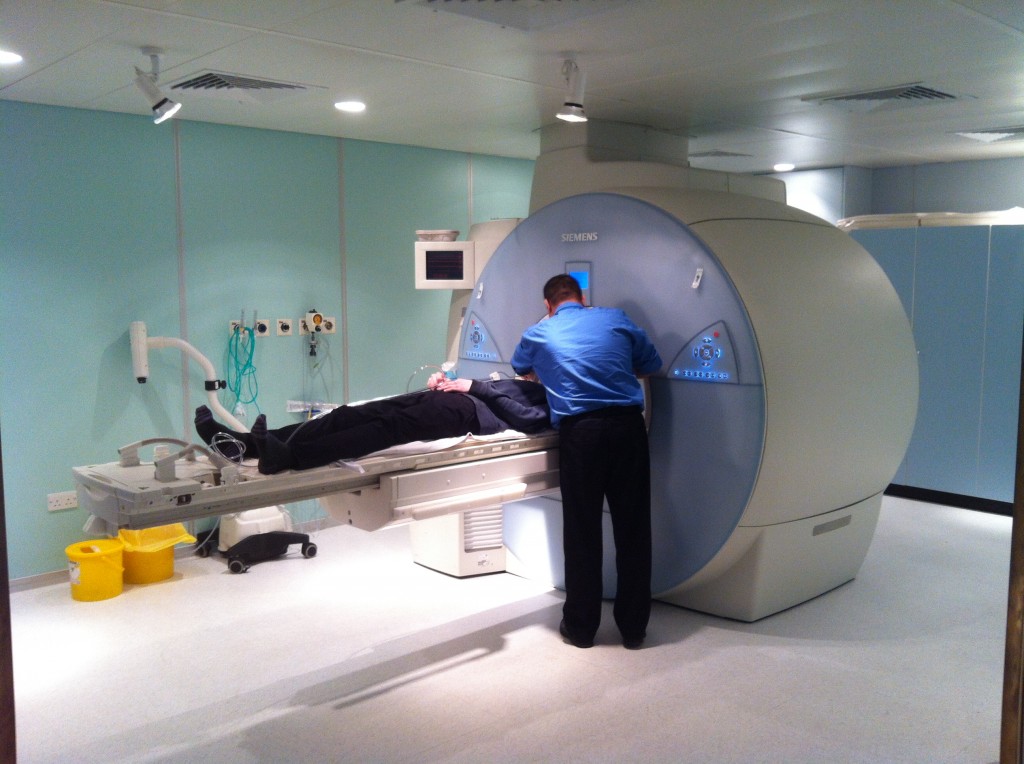With an incomplete thesis looming over my head (and the first twinges of ‘The Fear’ starting to rear their ugly heads late at night), this morning I thought to myself “oooh – I need to write another EUSARNAD entry. After I’ve cleaned the house. And checked my email. Again.”
I really have been incredibly busy here in Cape Town. Whether that’s due to the aforementioned Fear, or just a comparison against the phenomenally laid-back Cape-Townians, I’m not sure. But Cape Town has just been providing opportunity after opportunity to learn new skills as a psychologist (and, dare I say it, now a low-flying neuroscientist…), from having hands-on experience with a human brain in the UCT Neuroanatomy department to visiting the infamous Khaylitsha township on the outskirts of Cape Town.

I was lucky enough to be working in Groote Schuur Hospital, Cape Town, during Brain Awareness week – and I got this awesome hat to prove it!
In return for kitting me out with this array of new skills, knowledge and contacts, I have been helping UCT out with a ‘mega-analysis’ of MRI data at the CUBIC institute. It’s really been a useful process for me too – while everyone has been more than helpful in explaining different three-letter acronyms of neuroimaging (and there are a lot – check out page two of this document), the opportunity to actually get stuck in and do something has really allowed me to grasp some of the more unfamiliar concepts.
Typically, MRI information stays within the institute that actually did the research – it’s confidential data about participants, it’s expensive, and everyone has their own ways of doing things (which, in the current academic/financial evironment, people sometimes want to keep close to their chest). But really, there’s no reason why MRI data can’t be shared amongst researchers providing that no data about the participant is attached to it. A EUSARNAD research group lead by Dan Stein is doing just this – turning a collection of smaller studies (10 – 30 individuals) to one ‘mega-analysis’ (around 300 people).

EUSARNAD members get a hands-on learning experience of the human brain (“the texture of a reasonably overripe ripe avocado”…!
But there are some hazards with an undertaking of this scale. Different scanner set-ups, different MRI sequences and different sample populations will all have an impact on results, and it’s important to be aware of these things. That’s why every single scan is being thoroughly quality checked by hand (ok, mostly by computer program, and a little bit by hand), segment-by-segment, until the researcher is happy that all of the data is of good enough quality to draw a meaningful finding about sufferers of social anxiety disorder.
But it doesn’t stop there. The scale of the collaboration means that the quality checking is being done many times over, by a different researcher each time, at a different institution. This isn’t wasted effort – even if it turns out that every researcher churns out identical outputs (which they probably won’t). Every nuance of each quality-checking process of every brainscan is meticulously noted down, allowing a comparison of each researcher. What’s great about this is that it will provide some hard evidence of the pros and cons of sharing MRI data on such a grand scale – and hopefully will promote more collaboration like EUSARNAD in the future.
– Ben

